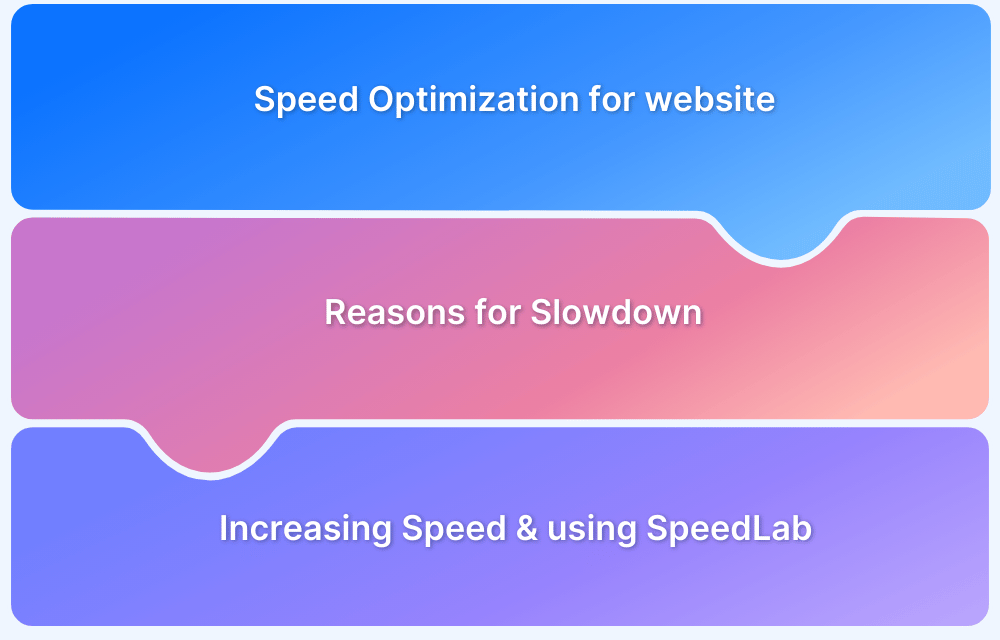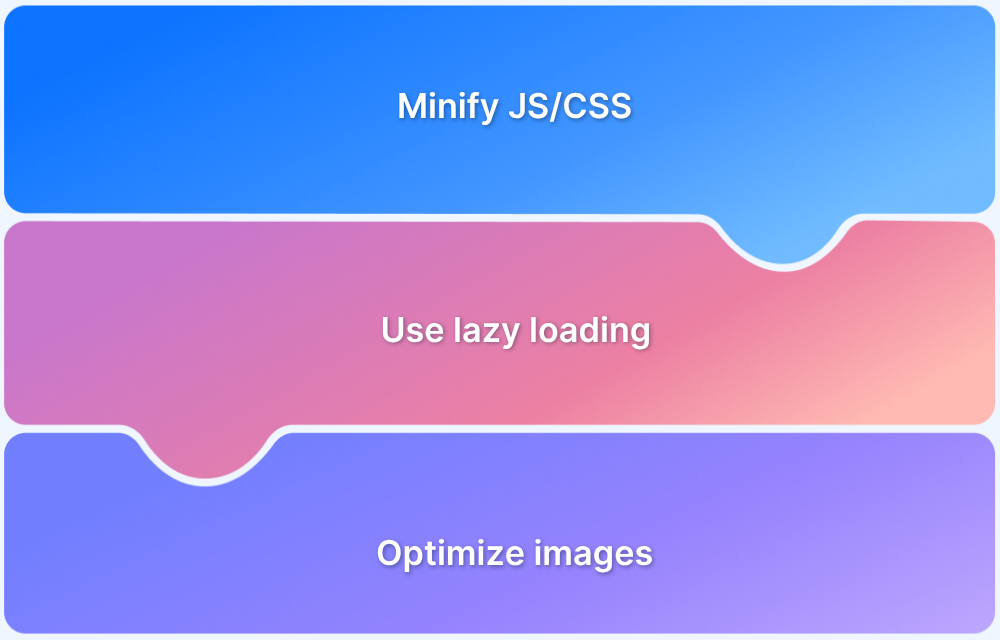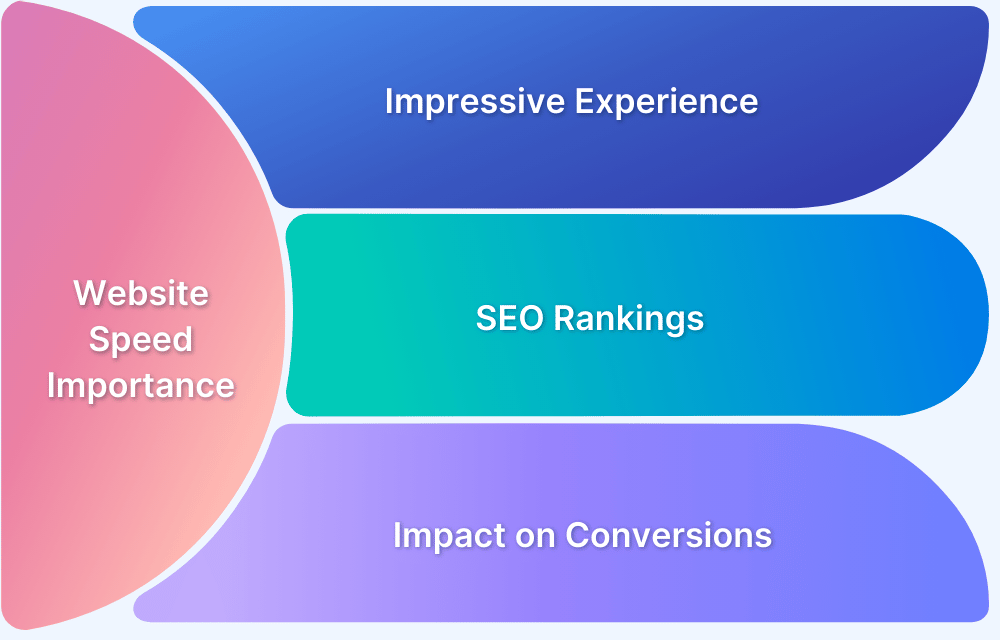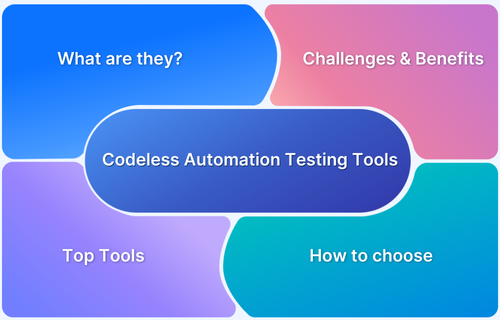Delivering a fast, stable, and responsive website isn’t just good for users, it’s a ranking factor in Google’s search results. Core Web Vitals measure how quickly content loads, how interactive pages feel, and how visually stable they are.
Overview
Core Web Vitals are a set of Google’s performance metrics that measure how fast, stable, and responsive a website feels to real users. They focus on three key areas of user experience.
- Largest Contentful Paint (LCP): Measures loading speed by showing how quickly the main content becomes visible.
- Interaction to Next Paint (INP): Captures responsiveness by checking how fast the page reacts to user input.
- Cumulative Layout Shift (CLS): Tracks visual stability by identifying whether elements shift around unexpectedly.
Why Core Web Vitals Matter for SEO and User Experience
- Search Rankings: Google uses CWV as a ranking signal in its algorithm.
- User Engagement: Faster, stable sites keep visitors engaged longer.
- Conversions & Revenue: A smooth UX reduces bounce rates and improves sales or sign-ups.
- Trust & Accessibility: Stable, responsive pages build credibility and inclusivity.
This guide explores the key metrics, why they matter, and how you can optimize them for a better user experience and stronger SEO performance.
What Are Core Web Vitals?
Core Web Vitals are a set of performance metrics introduced by Google to evaluate the quality of user experience on a website. They focus on three critical aspects of usability:
- Largest Contentful Paint (LCP): how quickly the main content becomes visible.
- Interaction to Next Paint (INP): how responsive the site is when users interact with it.
- Cumulative Layout Shift (CLS): how stable the page layout remains as it loads.
These metrics are designed to reflect real-world user experience rather than just technical speed tests. By measuring loading speed, responsiveness, and visual stability, Core Web Vitals provide a standardized way for site owners and developers to understand how their websites perform for actual visitors.
Google uses Core Web Vitals as part of its search ranking signals, making them essential not only for creating a smooth browsing experience but also for maintaining strong SEO performance.
Read More: Top 15 Ways to Improve Website Performance
Metric Deep Dives
Here is a breakdown of the three Core Web Vitals and what they measure.
Largest Contentful Paint (LCP)
Largest Contentful Paint (LCP) is a Core Web Vitals metric that measures how quickly the main content of a webpage becomes visible to users. Specifically, it records the render time of the largest visible content element within the viewport, such as a large image, video poster frame, or a major block of text like a heading or paragraph.
The timing starts from when the page begins loading and marks the moment when the primary content appears on the screen.
LCP is important because it directly correlates to a user’s perception of how fast a page loads. For a good user experience and SEO performance, Google recommends that LCP should occur within 2.5 seconds of page load. An LCP above 4 seconds is considered poor and can negatively affect search rankings and user engagement.
Elements that typically contribute to the LCP measurement include:
- Images (
<img>, SVG images, background images via CSS url())
- Video poster frames
- Large text nodes inside block elements (like headings or paragraphs)
The metric excludes decorative elements or things outside the viewport and updates if a larger visible element appears later during loading, such as an image replacing a placeholder.
Interaction to Next Paint (INP)
Interaction to Next Paint (INP) is a Core Web Vitals metric that measures the responsiveness of a webpage during user interactions. It records the latency between a user’s input event (like a click, tap, or key press) and the visual response from the browser, reflecting how quickly the page reacts.
The metric focuses on the entire lifecycle of the page, capturing the worst interaction delays to highlight responsiveness issues that impact real user experience.
- Good: 200 ms or less
- Needs Improvement: 201-500 ms
- Poor: more than 500 ms
- Common issues: heavy JavaScript execution, long tasks blocking the main thread, and inefficient event handling.
Optimizing INP often requires minimizing JavaScript execution times, breaking up long tasks, and streamlining event handlers to reduce input delay, thus making the website feel faster and more responsive.
Cumulative Layout Shift (CLS)
Cumulative Layout Shift (CLS) measures the visual stability of a webpage by quantifying unexpected layout shifts that occur during its lifespan. These shifts happen when visible elements suddenly move, affecting the user’s ability to interact with content comfortably.
CLS is calculated as a score representing the sum of all individual layout shift scores for every unexpected shift.
- Good: 0.1 or less
- Needs Improvement: 0.11-0.25
- Poor: more than 0.25
- Common issues: images or ads without reserved space, late-loading fonts, and dynamically injected content.
To minimize CLS, best practices include specifying width and height attributes on images and videos, reserving space for ads, avoiding inserting content above existing content, and using CSS transform animations instead of layout-changing animations.
Why Core Web Vitals Matter for SEO and User Experience
Core Web Vitals play a critical role in shaping both search visibility and user satisfaction. They ensure that websites are fast, responsive, and stable, which benefits businesses and users alike.
For SEO
- Google uses Core Web Vitals as a ranking signal in its algorithm.
- Websites with stronger performance scores are more likely to rank higher in search results.
- Better rankings improve visibility, traffic, and overall competitiveness.
For User Experience
- Faster loading improves first impressions and reduces frustration.
- Smooth interactions keep users engaged and encourage repeat visits.
- Stable layouts prevent mis-clicks, boosting trust and accessibility.
- Improved performance supports higher conversions and revenue.
Practical Tips to Optimize Core Web Vitals
Improving Core Web Vitals requires a mix of technical adjustments and smart design choices. Below are actionable strategies for each metric:
For Largest Contentful Paint (LCP):
- Use a fast server or content delivery network (CDN) to reduce response time.
- Compress and serve images in modern formats like WebP or AVIF.
- Preload key resources such as hero images and web fonts.
- Minify and defer non-critical CSS and JavaScript.
For Interaction to Next Paint (INP):
- Break up long JavaScript tasks into smaller, asynchronous chunks.
- Optimize event handlers by removing unnecessary scripts.
- Use lazy loading for non-essential components.
- Employ Web Workers for heavy computations that block the main thread.
For Cumulative Layout Shift (CLS):
- Always define width and height attributes for images and videos.
- Reserve space for ads, embeds, and dynamic elements.
- Use font-display: swap to avoid shifts caused by late-loading fonts.
- Stick to transform and opacity for animations instead of layout-changing properties.
How to Build an Ongoing Core Web Vitals Improvement Plan
Improving Core Web Vitals isn’t a one-time task. To maintain strong performance, websites need a continuous improvement process that aligns with development cycles.
Step 1: Audit and Benchmark
- Use tools like Google Search Console, PageSpeed Insights, or Lighthouse to gather baseline Core Web Vitals data.
- Identify the worst-performing pages and prioritize them based on traffic and business goals.
Step 2: Prioritize Fixes
- Focus first on high-impact metrics (for example, LCP issues on your homepage or product pages).
- Classify fixes as quick wins (image optimization, font loading) vs. long-term tasks (code splitting, redesign).
Step 3: Implement and Test
- Roll out improvements incrementally to track their effect on performance.
- Test changes across devices, browsers, and network conditions to ensure consistency.
Step 4: Monitor Continuously
- Set up Real User Monitoring (RUM) or use CrUX data to watch performance trends.
- Integrate Core Web Vitals checks into CI/CD pipelines to prevent regressions.
Step 5: Communicate and Iterate
- Share reports with stakeholders to show the business impact of improvements.
- Revisit metrics regularly, especially after new feature releases or design updates.
Analyse Core Web Vitals with BrowserStack Website Scanner
BrowserStack Website Scanner offers a comprehensive platform to analyze Core Web Vitals deeply, providing actionable insights that help optimize user experience and boost SEO performance.
By scanning any website at scale-be it a single page, a full sitemap, or protected staging environments-the tool delivers detailed reports on key metrics like First Contentful Paint (FCP), Largest Contentful Paint (LCP), Cumulative Layout Shift (CLS), Time to First Byte (TTFB), and Interaction to Next Paint (INP).
Key features include:
- Granular performance reports for each URL, color-coded by status (Good, Needs Improvement, Poor) that help quickly identify problem areas.
- Filtering capabilities by device type and severity to focus on critical issues impacting different user segments.
- Trends tracking over time to monitor improvements or regressions in Core Web Vitals, empowering teams to maintain consistently high site performance.
- CSV export functionality for easy sharing and further analysis.
- Integration with team workflows via notifications on Slack, Microsoft Teams, and email for timely action.
BrowserStack Website Scanner simplifies the complex task of Core Web Vitals analysis by consolidating multiple performance checks into a single, no-code automated scan. This empowers QA, development, and marketing teams to deliver faster, more stable, and engaging websites with confidence.
Conclusion
Optimizing Core Web Vitals, Largest Contentful Paint (LCP), Interaction to Next Paint (INP), and Cumulative Layout Shift (CLS), is critical for delivering a fast, responsive, and stable user experience. These metrics not only keep visitors engaged but also influence Google search rankings, making them essential for both SEO and overall website success.
However, Core Web Vitals are just one piece of the puzzle. To achieve a truly high-performing and reliable website, it’s important to address broader issues like SEO gaps, security vulnerabilities, and accessibility challenges.
That’s where BrowserStack Website Scanner comes in. By running a free scan, you can uncover hidden performance, SEO, and security issues that Core Web Vitals alone may not reveal, giving you a complete picture of your website’s health and clear steps for improvement.









